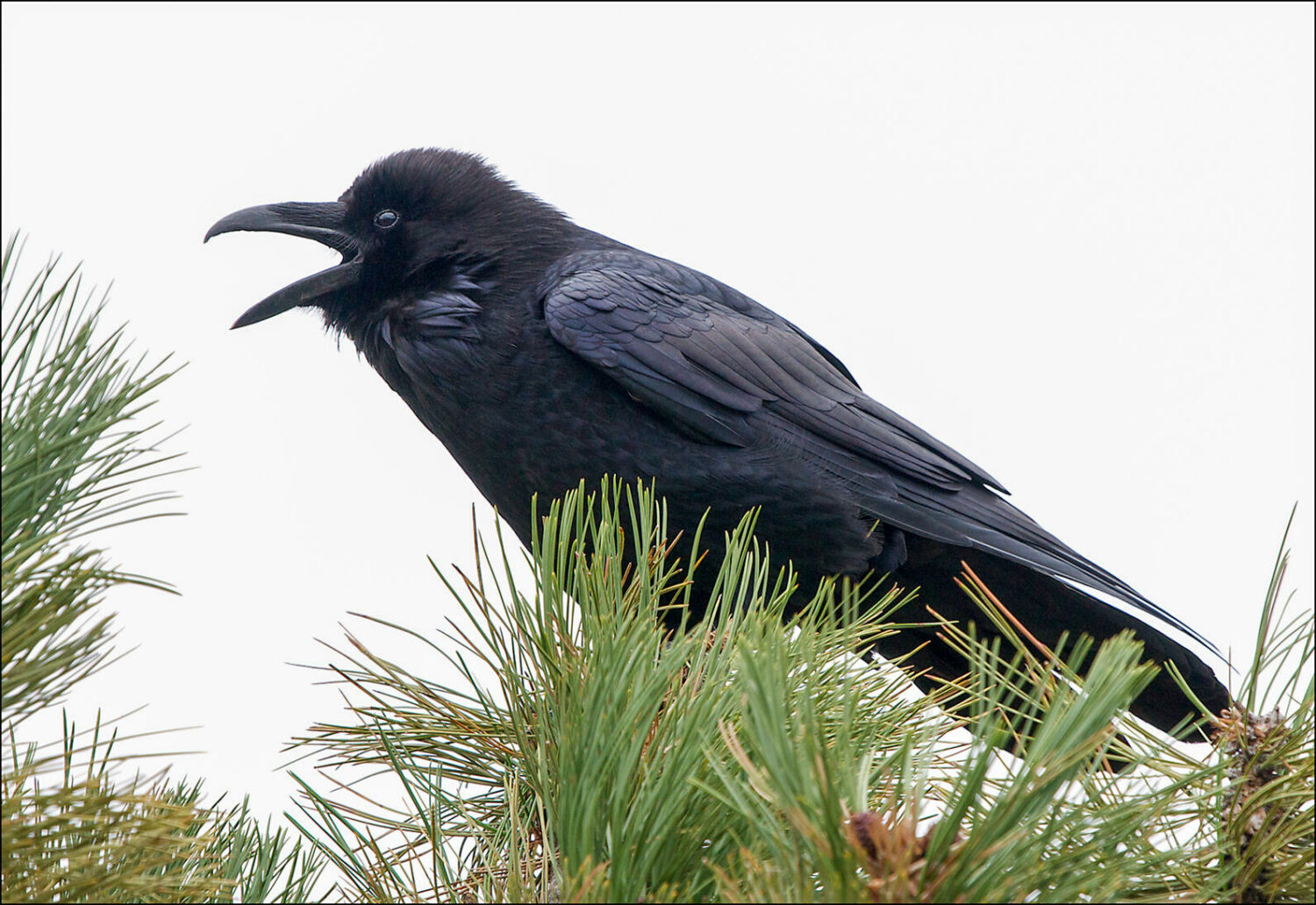Years ago, my partner and I had the privilege to spend a week backpacking in a little-known part of northern California — a region nestled amidst the intersecting territories of the Northern Yukian, Yuki, and Wailaki indigenous peoples. It’s a steep, mountainous place, densely wooded by firs and pines on all but the south-facing slopes, which are populated by oaks, grasses, and tight pockets of manzanita. For decades, the region’s trails have been primarily maintained by the broad footfalls of the local black bear population. It’s a wild corner of the state, where the deep, winding river beds serve as the most reliable routes of orientation and travel.
It was late May – a glorious time to be out there. So in addition to the gratitude we felt for the opportunity to be out in such a wild place, we were also grateful for the gift of gentle weather, and blooms of dogwood, iris, and lupine. We followed an old trail down to the riverbed, where we made our camp. The river was cold, serpentine green, and swollen from the recent rains and still-melting snow higher up. This made for quick dips in the heat of the day and difficult river crossings in the narrower canyons. Still, following the river was the best and easiest way to get a good walk in, and after a couple of days close to camp, we were ready for a big hike.
We set out in the morning on a well-worn bear trail that rose from the canyon, contouring upriver. With the exception of a few tunnels through thickets of ceanothus or manzanita, the bears had created an easeful path. Bears are plentiful out there — in some places, ancestral use of the same route has worn “bear stairs” into hillsides, each footfall clearly laid into the slope, covered with a varnish of old leaves and duff flattened and smoothed by the lumbering paws of generations of bears. We were happy to be following their way.
Far up the canyon, we dropped off the bear trail and joined the tracks of the deer — bounding down a grassy slope back towards the river. After a cold dip and a rest, we scrambled up and found ourselves on a grassy shelf heading back towards camp.
It was on this shelf that it happened. We came over a small hill and saw a big tawny black bear not 50 yards ahead of us (despite the name, black bears are not always black). We stopped moving. There was a steep drop down to the river on one side and a steep rise into the forest on the other. The bear caught wind of us quickly, turned, and ran away along the narrow shelf downriver, leaving us feeling lucky to have had such an awesome sighting.
We continued along the shelf in the direction the bear had gone, but not five steps in we were stopped in our tracks by the loud voice of a raven. We had been keeping a list of bird species we’d encountered on the trip, and we had yet to see a raven — a noticeable absence — so we were excited. We held our pause when we noticed that this raven was behaving very purposefully: Circling around a mid-sized fir tree just ahead and making a loud racket. The short, rhythmic vocalizations were reminiscent of raven alarm calls I had heard before, but the tone was much higher and the pace faster. What was happening?
The study of bird language relies heavily on pattern recognition. Having a felt sense of a pattern in nature also gives you a sense of when the pattern breaks. This raven’s behavior struck me as out of the ordinary, a break in the pattern. We waited and watched the raven fly tight rings around the top of the fir tree, calling loudly all the while. Then, as suddenly as it had come, the raven was gone, leaving the scene quiet, and us wondering what the racket had been all about.
In that moment of quiet, we noticed something move high on the thin trunk of the fir the raven had been circling. Recognizing that it was a baby bear, we suddenly realized what had happened: When startled, it’s a common protective strategy for a baby bear to go up a tree as the mom runs away. In such a situation, the mother bear does not go far — she will circle back quickly to protect and collect her young. Had we failed to pause with the Raven’s warning and continued to walk along that shelf, we would have passed directly beneath the tree with the baby bear in it, and the mother nearby.
By noticing the raven, and then noticing what the raven seemed to be noticing, we were deterred from a potentially dangerous encounter — and momma bear was certainly spared from further undue stress. The winged mystery of the raven has had my deepest thanks ever since.
At its core, bird language is about interrelationship and communication — within and across species lines. I don’t know why that raven decided to show up and alarm around that tree at the moment it did. Maybe to protect the baby bear? Maybe to protect us? Maybe to alert other ravens? What I do know is that the raven’s action felt purposeful and important. Thinking back, the impulse to stop in our tracks when we noticed the raven came from more than intrigue and pattern recognition. It came from a place in our guts as well; a bodily impulse that said “wait — something is happening here that needs your attention.” That’s wild communication at a deep, simple, and accessible level.
I’m thankful for the years I had spent paying attention to ravens — which is to say, building relationships with them. And, I am left wondering what subtler cues must have come before the raven’s loud, attention-grabbing alarm? Had that raven come overhead long before we got to the bear and her cub, and we just didn’t notice? Were the ground squirrels, chickadees, and juncos talking quietly about the bears too? Likely yes. Perhaps next time, I’ll recognize the shift in pattern early enough to give (and receive) the gift of seeing the mama bear and her cub leisurely walking up the trail ahead of us.
References:
Federle and Bassler, 2003: https://www.jci.org/articles/view/20195
Galbraith, 2009: https://researchrepository.murdoch.edu.au/id/eprint/51235/
Oda and Masataka, 1996: https://onlinelibrary.wiley.com/doi/abs/10.1111/j.1439-0310.1996.tb01138.x
Zuberbühler, 2000, Royal Society Publishing: https://royalsocietypublishing.org/doi/10.1098/rspb.2000.1061)



